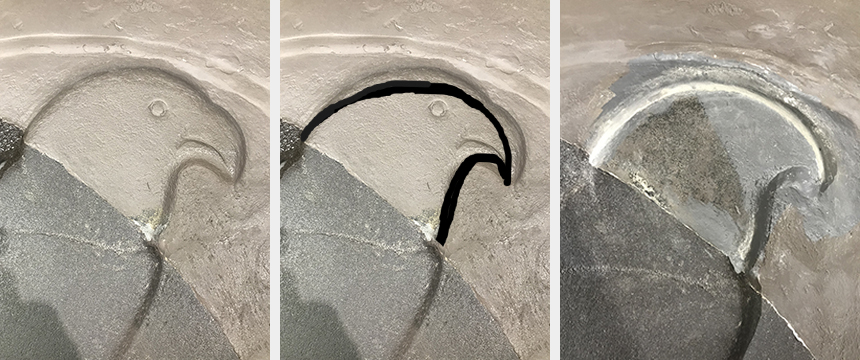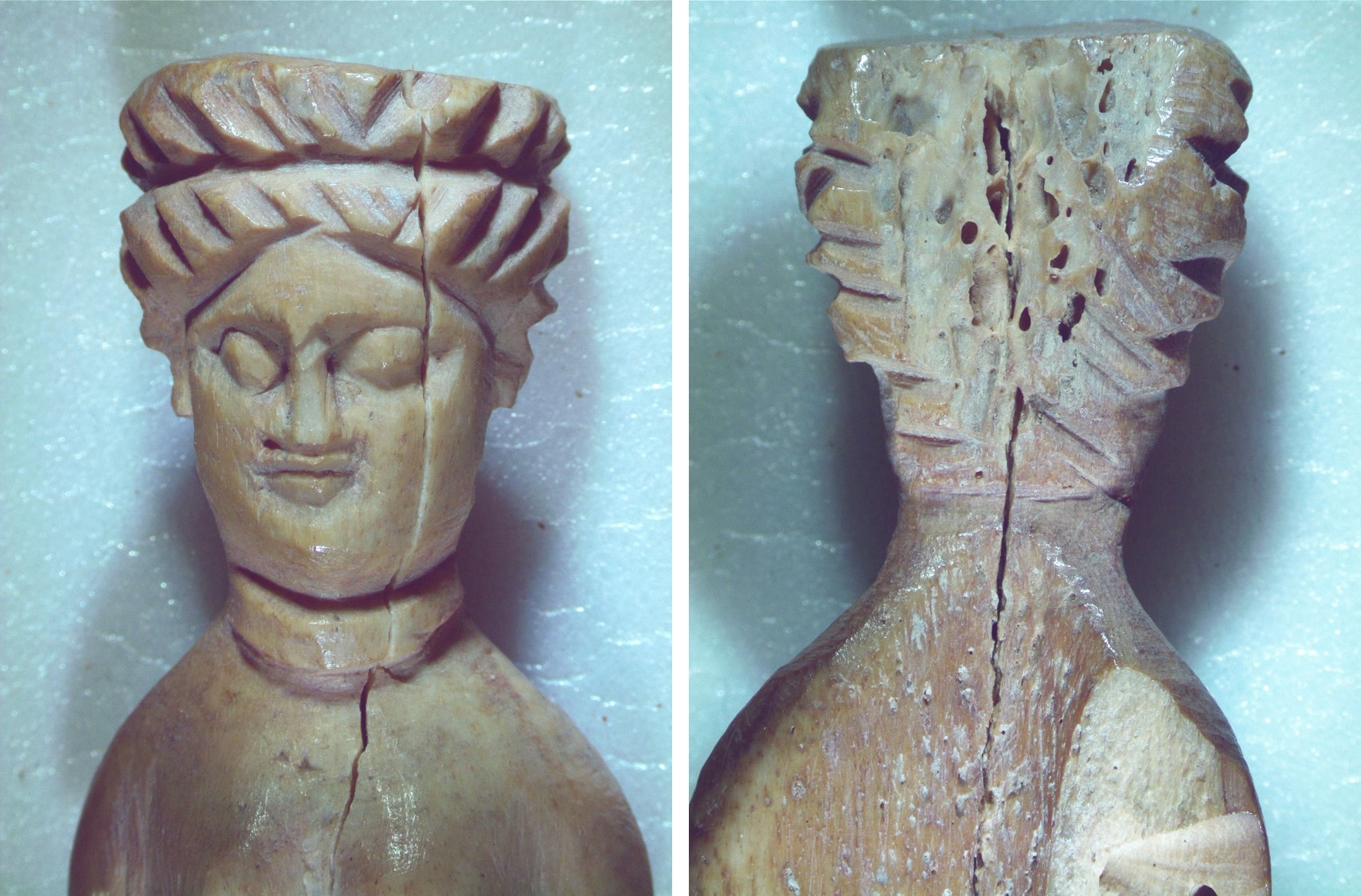By Debra Breslin
Over the past 18 months, I completed the examination and treatment of over 200 objects for the upcoming exhibit, The Stories We Wear, which will open at the Penn Museum in September 2021. The exhibit focuses on the idea that what is worn on the body tells a narrative about time, place, and culture. Ethnographic and archaeological material from Oceania, Asia, Africa, Europe, and the Americas will be featured. Alongside these objects will be contemporary ensembles with local connections.
One of the most interesting aspects of treating this group of artifacts is the extensive range of materials. I worked with metals such as gold and silver, fabrics made of silk or wool, organic material such as hair and teeth, and different types of wood. For an objects conservator, this was an ideal project to challenge and enrich my skills. Below are examples of the types of materials that came across my workspace in preparation for the exhibit.
SILK
Many of the objects in the exhibit that represent the various cultures of Asia are made of silk. Since silk is a fragile and light-sensitive material, these artifacts will be taken off display after a few months and replaced with similar objects to avoid over-exposure to light in the galleries.

Silk, cotton, brass
2002-15-1
This beautiful silk garment is part of the wardrobe of a married Khalkha Mongolian woman. The silk on the padded shoulders had become worn and thin and was torn at the highest points. These areas were covered with toned Japanese tissue. I toned the tissue with acrylic paints to match the surrounding material and slipped it under the edges of the broken fabric.
SILVER
Another example of remarkable artifacts from central Asia are these 19th century silver hair ornaments worn by the Daur women of Inner Mongolia. These were used to adorn their elaborate hairstyles. When these pieces came to the lab, they were dark with tarnish, and it was difficult to see their details.
In a museum of archaeology and anthropology, tarnish is not often removed from objects, as it is usually considered part of the historic record of the object. In this case, I talked with the curators of the exhibit and we felt it was appropriate to safely remove the tarnish and coat the silver objects to fully reveal their details.

20448B

GOLD
Many cultures around the world valued gold as a symbol of high status. One of several such objects in the exhibit is this gold diadem. The rosettes are believed to have decorated a headdress or garment of an elite Scythian woman. They were mounted on a modern rod in the 20th century. The rosettes are made of gold foil and wire.

Diadem (Crown), Maikop, Republic of Adygea, Russia, 4th century BCE
Gold
30-33-5
One of the petals of the flower on the far right had broken off at some point and was stored with the object. The petal was attached on the back side with Hollytex fabric (a spunbound polyester) and B-72 (an acrylic copolymer in acetone).


OTHER ORGANIC MATERIALS
In addition to silk artifacts, other objects made of plant and animal materials will be on display, such as this weapon made by the I-Kiribati people of the Gilbert Islands. It is constructed of wood, coconut fiber, and shark teeth.

2003-32-338

After cleaning the surface with soft brushes, the shark teeth were further cleaned with enzymes and deionized water. To stabilize loose cords and teeth, I added small pieces of cotton thread through the existing holes. The red circles indicate the areas of added thread.
Here is an example of what the shark teeth looked like before and after cleaning on a small dagger.

These are just a sample of the artifacts that will be on display in The Stories We Wear exhibit opening in September 2021. I hope visitors will appreciate the history and craftsmanship of these objects as much as I do.































